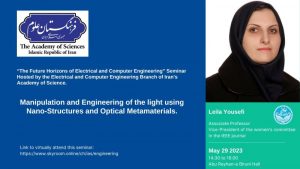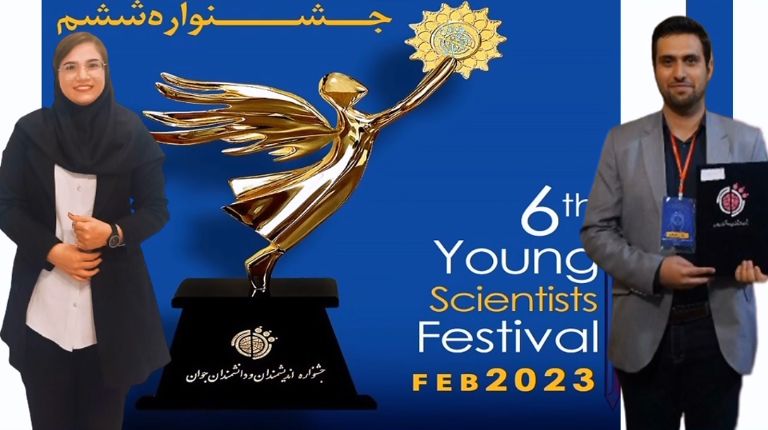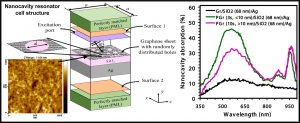We investigate the concept of nanoparticle-based solar cells composed of a silicon nanoparticle stack as a light trapping absorber for ultrathin photovoltaics. We study the potential of using these inherently nanotextured structures in enhancing the light absorption. For this, a detailed optical analysis is performed on dependency of the cell response to parameters such as the number of particle layers, lattice structure and angle of incidence; Optical response of these cells are then compared with the results in conventional silicon solar cells. Moreover, we propose various configurations to apply these submicron particles as a p–n junction solar cell. We also compute the electrical performance of selected configurations. In doing so, key issues including the effect of contact points between nanoparticles and impact of loss are addressed. In the end, we show how SiO2SiO2 nanoparticles on top of the cell structure can enhance the photocurrent. The appropriate range of SiO2SiO2 particle size is also obtained for the typical cell structures.
link:
https://www.nature.com/articles/s41598-022-17677-z



https://www.skyroom.online/ch/ias/engineering